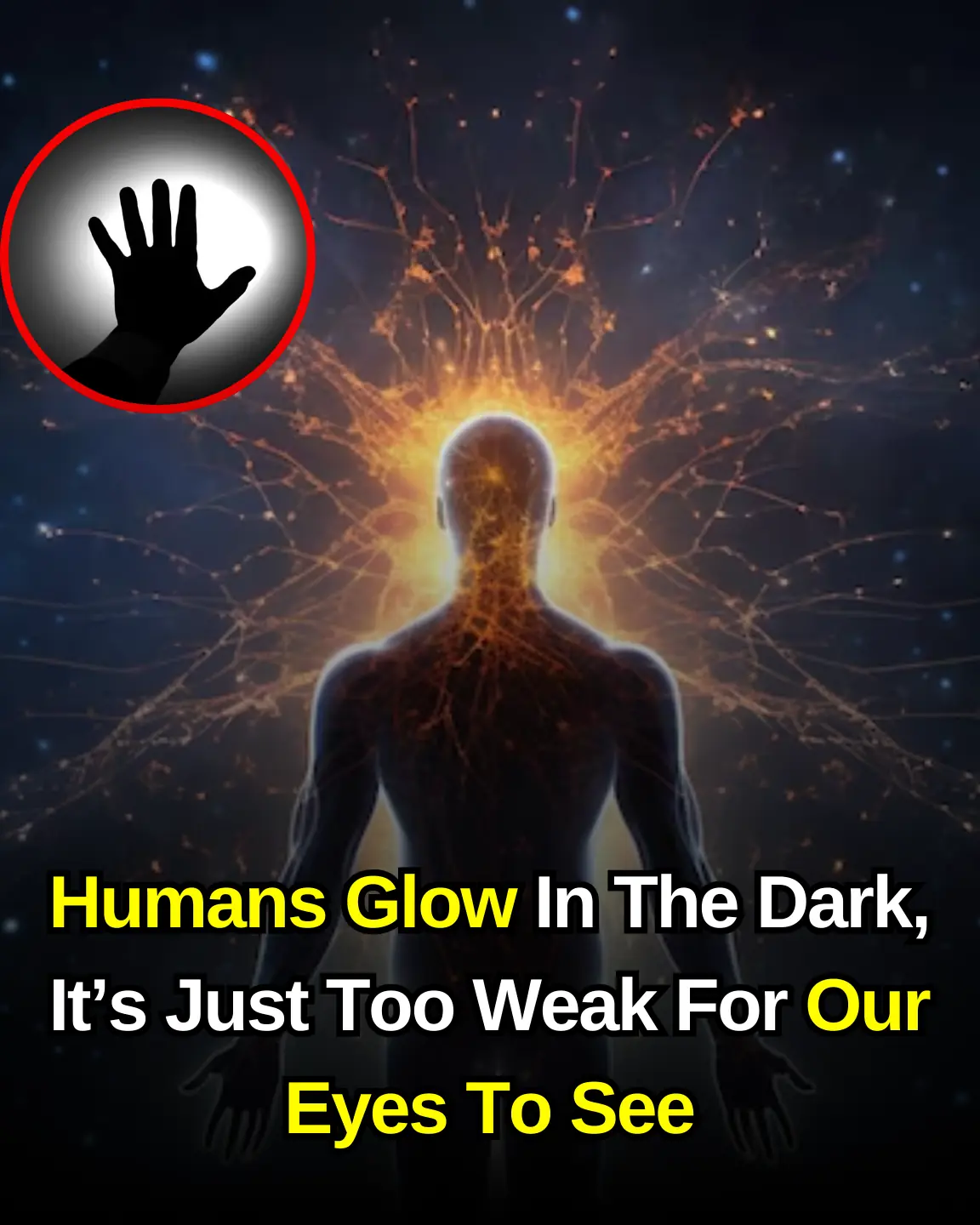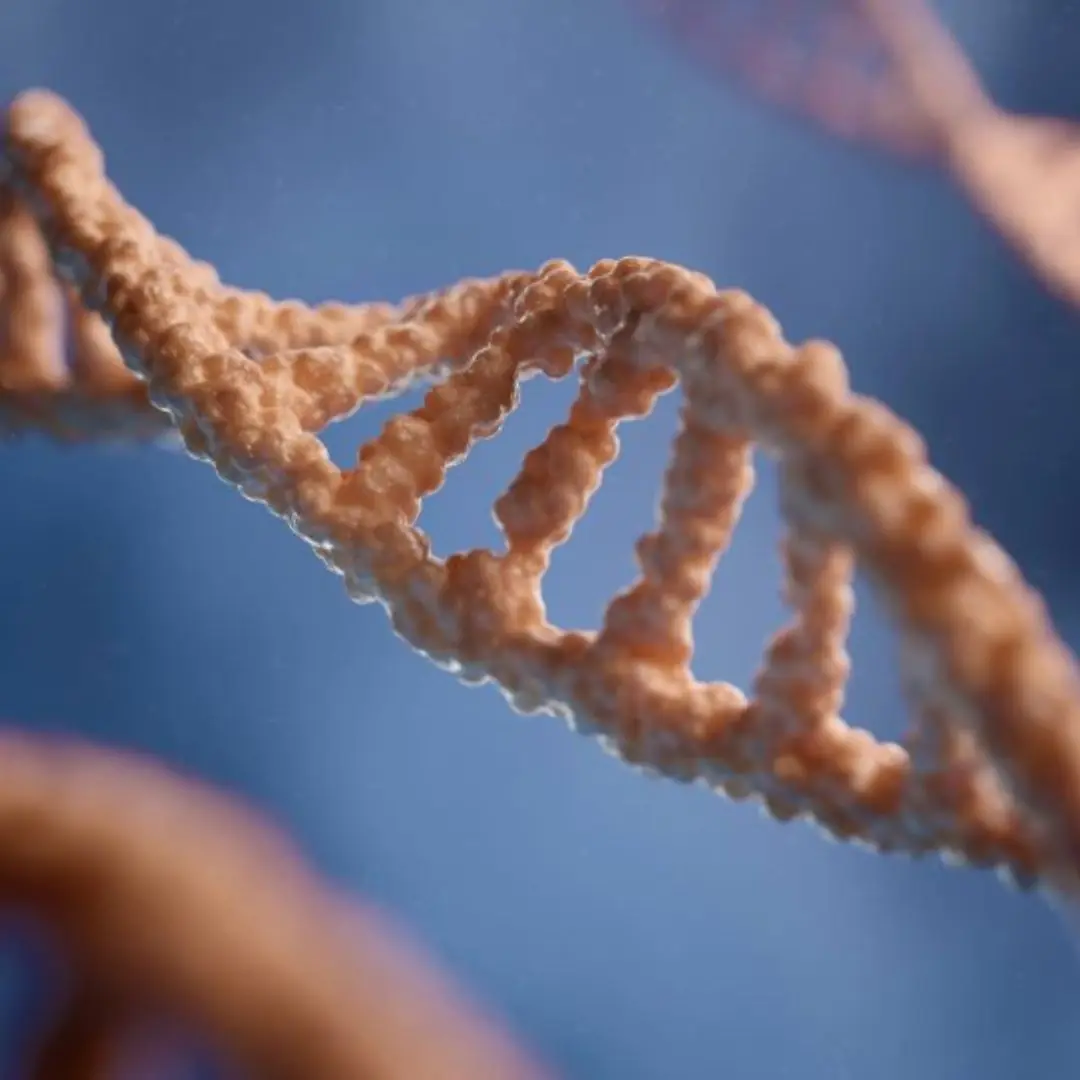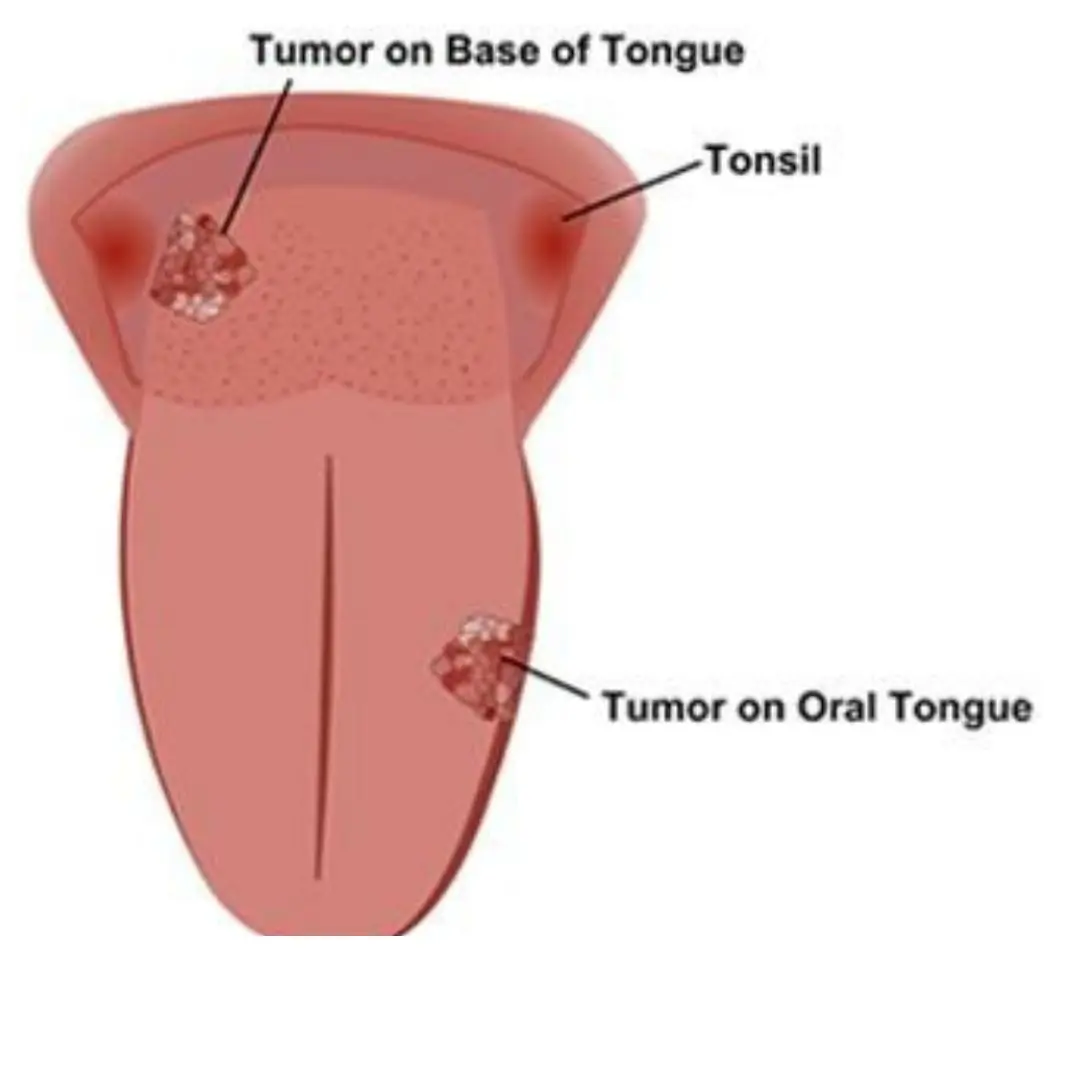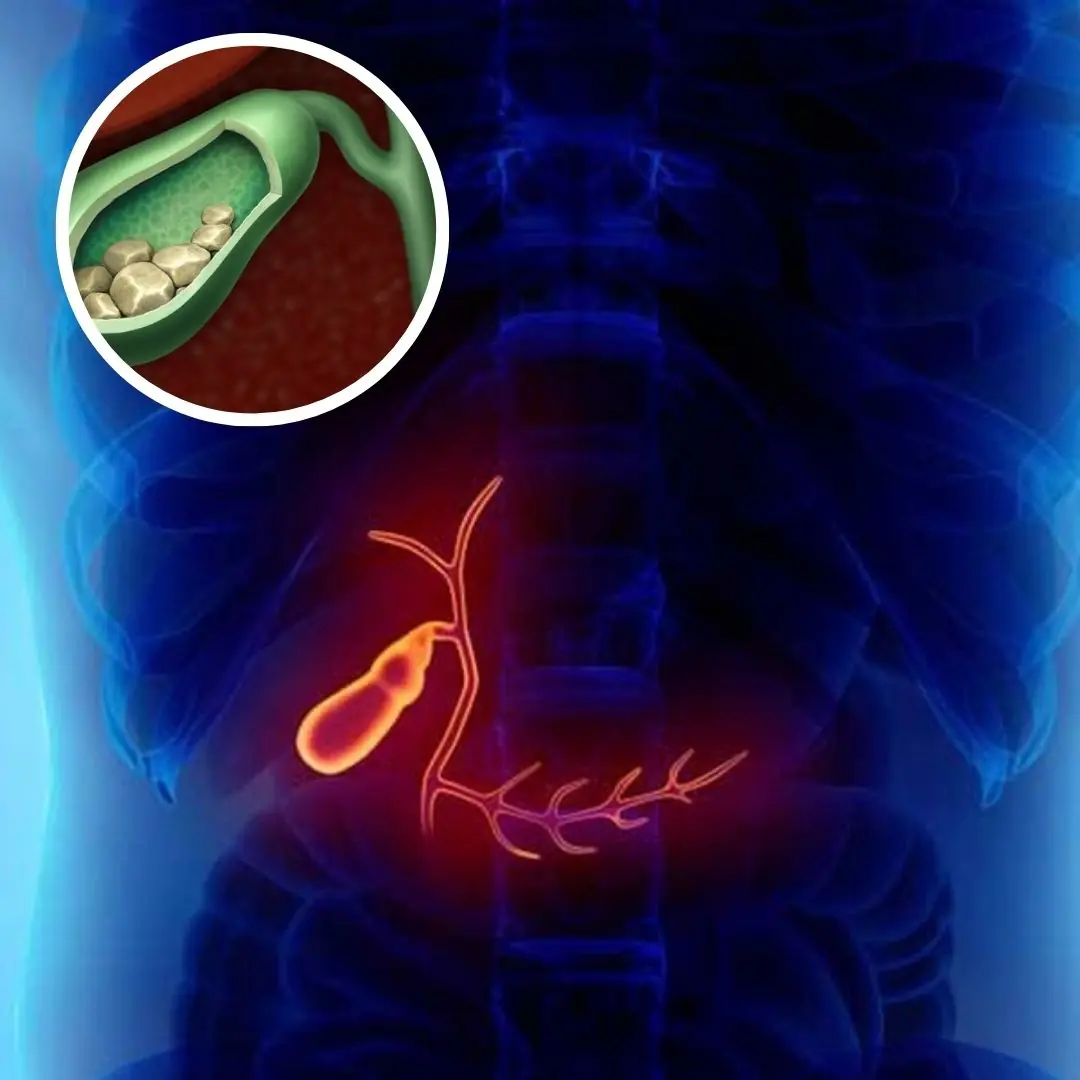
Humans Glow In The Dark, It’s Just Too Weak For Our Eyes To See

Humans Glow In The Dark, It’s Just Too Weak For Our Eyes To See
Picture a world where every living being radiates a soft, ethereal glow. Fireflies flicker in the twilight, deep-sea creatures pulse with neon brilliance, and even humans shimmer faintly in the darkness. While the glow of animals like jellyfish is a spectacle we can see, the glow of the human body is far more subtle—hidden, but no less real.
Yes, humans glow. This natural phenomenon, known as bioluminescence, is woven into the fabric of our biology. It’s a byproduct of the complex chemical reactions that fuel life, a quiet luminescence emitted by every cell. Yet, unlike the vibrant displays of other creatures, our glow is invisible to the naked eye, too faint to be perceived without specialized tools. It’s a scientific marvel that blurs the line between the tangible and the mystical, reminding us that even the unseen is a vital part of who we are.
What makes this hidden radiance possible? How does it connect to the intricate processes of our bodies and perhaps even the rhythms of life itself? By peeling back the layers of this fascinating discovery, we uncover a glimpse of the extraordinary within the ordinary—a glow that’s always been there, waiting to be revealed.
What Is Bioluminescence?
Bioluminescence is the natural ability of living organisms to produce and emit light, a phenomenon often associated with the ethereal beauty of fireflies, glowing plankton, and the mysterious inhabitants of the ocean’s depths. At its heart, bioluminescence results from a chemical reaction involving a molecule called luciferin and an enzyme called luciferase. When these components interact with oxygen, energy is released in the form of light. This light can range from a soft glow to bright flashes, depending on the organism and its needs.
In nature, this fascinating trait serves many purposes. For some creatures, it’s a survival mechanism—a way to communicate, camouflage, or ward off predators. Deep-sea species like the anglerfish use their glowing lures to attract unsuspecting prey in the darkness of the ocean floor. Fireflies, on the other hand, engage in an intricate dance of flickering light to signal potential mates, creating summer night spectacles that humans have long admired. This glowing ability is not just functional; it’s a testament to the extraordinary adaptations that life has developed in response to its environment.
Humans, too, emit light, though in a form so faint that it’s imperceptible to the naked eye. Unlike the dramatic displays of sea creatures or insects, our bioluminescence is a subtle byproduct of our metabolism—the chemical processes that keep our cells alive and thriving. As our bodies generate energy to fuel these processes, they also release small amounts of photons, or particles of light. These photons form a dim glow that is always present, though hidden from view. It’s a reminder that even in our most ordinary moments, extraordinary things are happening beneath the surface.
Bioluminescence, therefore, is more than just a natural curiosity. It’s a unifying thread in the web of life, linking us to the glowing creatures of land and sea. Whether as a tool for survival or a quiet byproduct of human biology, this light reflects the beauty and complexity of life itself—often invisible but always remarkable.
The Science Behind Human Bioluminescence
The faint glow emitted by the human body is rooted in the intricate chemistry of life itself. This light, though imperceptible to the human eye, is the result of metabolic processes occurring deep within our cells. At the heart of this phenomenon are oxidative reactions, a key component of how the body produces and uses energy. When oxygen interacts with molecules within the body, it leads to the creation of highly reactive particles called free radicals. These particles can excite other molecules, causing them to release tiny bursts of light, known as photons.
Recent advancements in imaging technology have allowed scientists to capture this hidden glow. Ultra-sensitive cameras have shown that the human body literally emits a faint, visible light. As one study explains, “The human body literally glimmers,” but this light is so dim that it is “1000 times lower than the sensitivity of our naked eyes.” This revelation underscores the idea that the human body is constantly active, generating energy and light even when we are at rest.
Interestingly, the intensity of this bioluminescence varies across the body. Certain areas, such as the forehead, cheeks, and neck, emit more light than others. This is due to the higher metabolic activity in these regions, where energy production and oxidative reactions are more pronounced. This subtle glow is not static but fluctuates throughout the day, reflecting the body’s ever-changing internal processes.
Human bioluminescence is not just a biological curiosity; it’s a window into the body’s dynamic systems. It offers a glimpse of the complex chemical orchestra taking place within us at every moment. Understanding this phenomenon reveals not only the remarkable capabilities of the human body but also its connection to the broader patterns of life, where even the smallest processes can produce extraordinary effects.
Why Can’t We See This Glow?
Despite the human body’s constant emission of light, it remains invisible to our naked eyes due to its extremely low intensity. The photons released by metabolic processes are too faint for our visual perception, as they are “1000 times lower than the sensitivity of our naked eyes,” according to scientists studying this phenomenon. This subtle glow is comparable to a candle flickering on a faraway horizon—present, but far too dim for us to discern without specialized equipment.
Our eyes are designed to detect light only within a certain range of brightness, which explains why we miss this faint bioluminescence. Unlike the vibrant displays of a firefly or a glowing jellyfish, which are bright enough to pierce through darkness, human bioluminescence is a whisper in the realm of light, requiring advanced imaging tools to make it visible. Ultra-sensitive cameras capable of detecting single photons have captured this glow, revealing it in all its understated brilliance.
Interestingly, this invisibility doesn’t diminish the significance of the glow. It highlights the incredible sensitivity and precision of the body’s internal processes. The glow, although imperceptible, mirrors the natural rhythm and health of the body, changing subtly in response to factors like metabolism and stress. It’s a quiet reminder of the intricate systems working tirelessly within us, unseen yet profoundly essential to life.
The inability to see this light with the naked eye serves as a humbling reminder that much of life’s beauty operates beyond the limits of our senses. While we rely on technology to observe this hidden glow, its existence bridges the gap between what we perceive and the incredible forces shaping our inner world.
Practical Applications of Bioluminescence in Research
The discovery of human bioluminescence offers exciting possibilities for scientific and medical advancements. While the glow is invisible to the naked eye, its presence has significant implications for understanding the body’s inner workings. Researchers are beginning to explore how this phenomenon can provide insights into health, disease, and cellular processes.
One promising application lies in the study of oxidative stress, a condition linked to numerous health issues, including aging, inflammation, and chronic diseases. Since the body’s bioluminescence is a byproduct of oxidative reactions, monitoring this faint light could serve as a non-invasive way to gauge oxidative stress levels. For instance, areas emitting stronger light might indicate increased metabolic activity or oxidative imbalance, offering a window into cellular health.
Medical imaging is another area where bioluminescence could make a meaningful impact. Advanced imaging technologies, already capable of capturing the body’s glow, could be further developed to detect subtle changes in metabolic activity. This could allow doctors to monitor disease progression, assess treatment effectiveness, or even identify early signs of illnesses such as cancer or neurodegenerative disorders. The ability to visualize cellular processes in real-time, without invasive procedures, represents a groundbreaking shift in how we approach diagnostics and treatment.
Beyond healthcare, bioluminescence research also holds potential in other fields. Scientists studying this glow can refine techniques used in environmental monitoring, bioengineering, and even biotechnology. For example, bioluminescence-inspired tools could enhance our understanding of energy production and consumption, paving the way for innovative approaches to sustainability.
Human bioluminescence, once a scientific curiosity, is rapidly becoming a valuable tool for understanding and improving human health. By shedding light on the invisible processes that sustain life, this phenomenon bridges the gap between cutting-edge research and real-world applications, offering a glimpse into the future of medicine and technology.
Mystical Connections and Spiritual Implications
For centuries, humans have been captivated by the idea of an inner light—a metaphor for vitality, wisdom, and the soul’s essence. The discovery of human bioluminescence breathes life into these ancient beliefs, merging the spiritual and scientific realms in a profoundly thought-provoking way. While modern science explains the glow as a byproduct of metabolic processes, its existence resonates with deeper philosophical and spiritual traditions.
Many ancient cultures and spiritual practices speak of a life force or energy within every person. In Hinduism, the concept of prana describes the vital energy flowing through the body, often visualized as glowing light. Similarly, in Chinese philosophy, chi represents a luminous energy sustaining life. The faint glow of human bioluminescence aligns beautifully with these ideas, offering a tangible representation of the energy that animates us. It serves as a reminder that even at a cellular level, we radiate vitality and life.
On a symbolic level, the human glow challenges us to reflect on the unseen forces shaping our existence. Just as our bioluminescence is too faint for the naked eye, many aspects of our inner lives—emotions, thoughts, and spiritual experiences—exist beyond immediate perception. This glow becomes a powerful metaphor for the hidden brilliance within every individual, waiting to be recognized and nurtured.
For those who integrate spirituality into wellness practices, the idea of an inner light can serve as both inspiration and grounding. Practices like meditation and mindfulness, often aimed at cultivating awareness and inner harmony, could be seen as ways to strengthen the metaphorical glow of vitality and well-being. While the scientific glow of bioluminescence may not change, the concept invites us to appreciate the luminous potential we each carry—physically, emotionally, and spiritually.
News in the same category


So this is the identity of the culprit behind those strange little bags on our walls

4 Common Clothes-Drying Mistakes That Seem Harmless But Are Surprisingly Harmful — And Many Families Make Them Every Day

Rare genetic mutation allows some people to thrive on 4 hours of sleep, study suggests

3 Types of Fruits and Vegetables Are Hidden 'Parasite Nests' Invisible to the Naked Eye — Yet Many People Treat Them Like Treasures

Only the 'Foolish' Would Combine These 5 Things with Pork — It May Taste Good Now, But It Invites Illness Later

Should you turn the lights on or off when sleeping in a hotel?

How many eggs should you eat a week?

Is Tightly Wrapped or Loosely Wrapped Cabbage Better?

10 Visible Signs of Liver Damage You Can Spot with the Naked Eye

5 Things You Should Never Put in the Washing Machine

6 Vegetables That Help Detoxify the Body and Lower Liver Enzymes

When Installing an Air Conditioner, Avoid These 4 Spots to Protect Your Family’s Health

Are two-headed snakes real? Why does this phenomenon occur?

For the Sake of Your Family’s Health, I Strongly Urge You to Get Rid of These 10 Items

Should you brush your teeth before or after breakfast

5 diseases that cause stomach pain after eating

More Than Just Leaves: The Hidden Healing Power of Fish Mint Roots

Don’t Dismiss This “Rustic” Dish – It’s a Stomach Healer and a Breakfast Hero!

Should you plug the phone in first or the charger first?
News Post

How to Grow Turmeric: Complete Guide for Gardens & Containers

How long can frozen meat be kept?

6 warning signs of late stage tongue c.a.ncer

Growing Roses from a Bouquet: How to Nurture Your Own Rose Garden at Home

6 silent symptoms warning of gallbladder c.a.ncer

So this is the identity of the culprit behind those strange little bags on our walls

Can:cer can 'emit' these 2 signs at night, everyone should know to be alert

Real advice: Don't wear these 5 types of underwear for too long, because it will cause more "health damage"!

9 things to remember to avoid electrical short circuits that can cause d.e.a.dly fires and ex.plos.ions

4 Common Clothes-Drying Mistakes That Seem Harmless But Are Surprisingly Harmful — And Many Families Make Them Every Day

3 digestive can.cers can be cured if detected early

Why should women not sit with their legs crossed?

3 types of vegetables and fruits are "parasite nests" invisible to the naked eye, but many people consider them treasures

Rare genetic mutation allows some people to thrive on 4 hours of sleep, study suggests

3 Types of Fruits and Vegetables Are Hidden 'Parasite Nests' Invisible to the Naked Eye — Yet Many People Treat Them Like Treasures

Is swollen lymph nodes in the neck caused by cancer?

Add This Ingredient When Marinating Beef to Keep It Tender and Juicy—No Matter How You Cook It

When Booking a Hotel Room, Choose Floors 3 to 6 – A Golden Tip for Frequent Travelers

A Shocking Warning About 5 "Silent Kil.lers" of Blo.od Glucose
